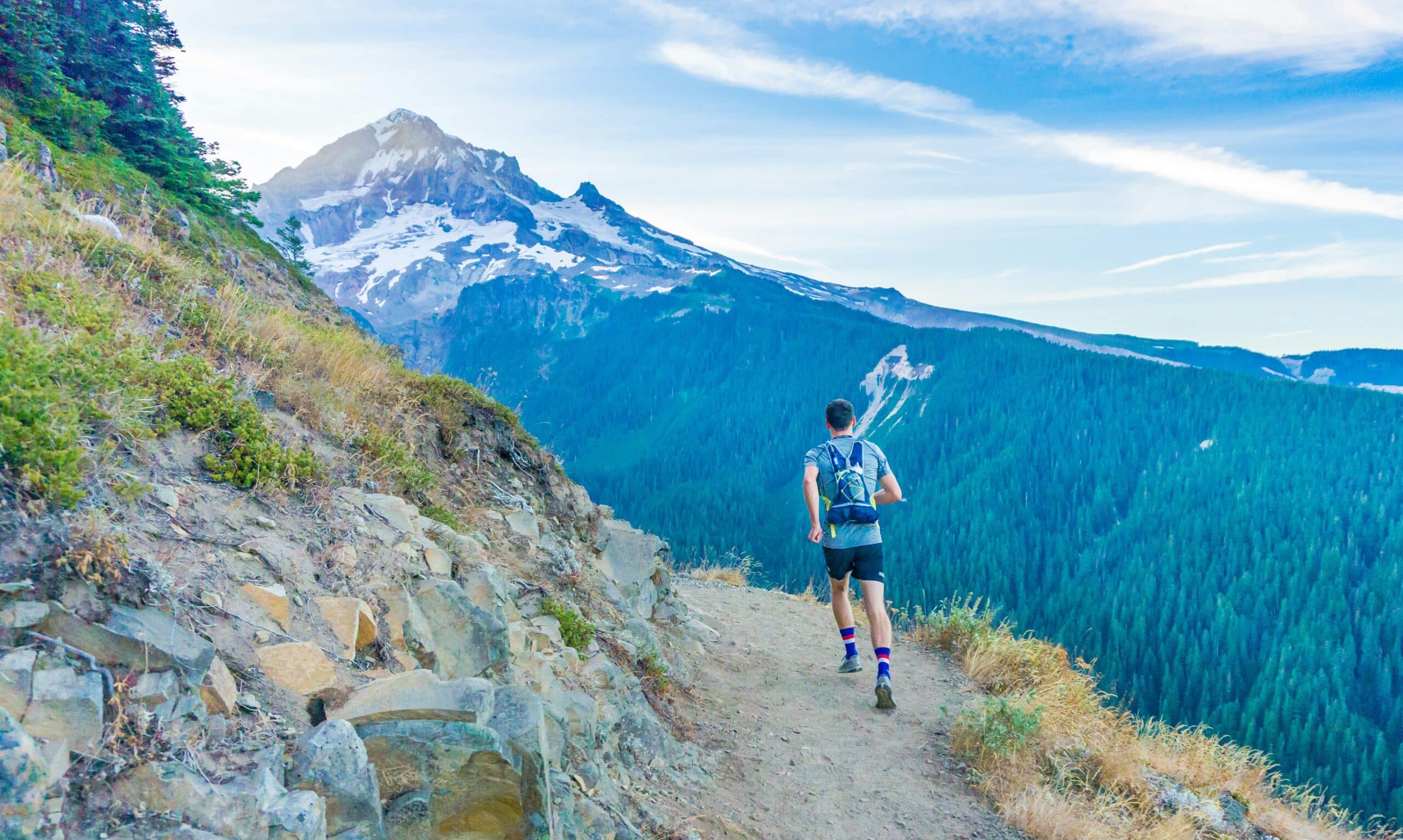
Tag: highlight


The Impact of Remote Working on Businesses
April 15, 2025


The Significance of Physical Activity in Daily Life
April 15, 2025

How Has Podcasting Turned Into a Major Industry?
April 15, 2025

How Women are Dominating Soccer
April 15, 2025



Philanthropy and Charitable Initiatives in America
April 15, 2025

The Importance of Preventive Health in Today’s World
April 15, 2025

